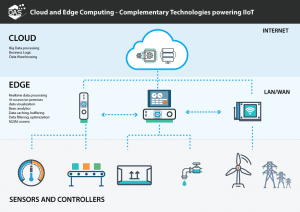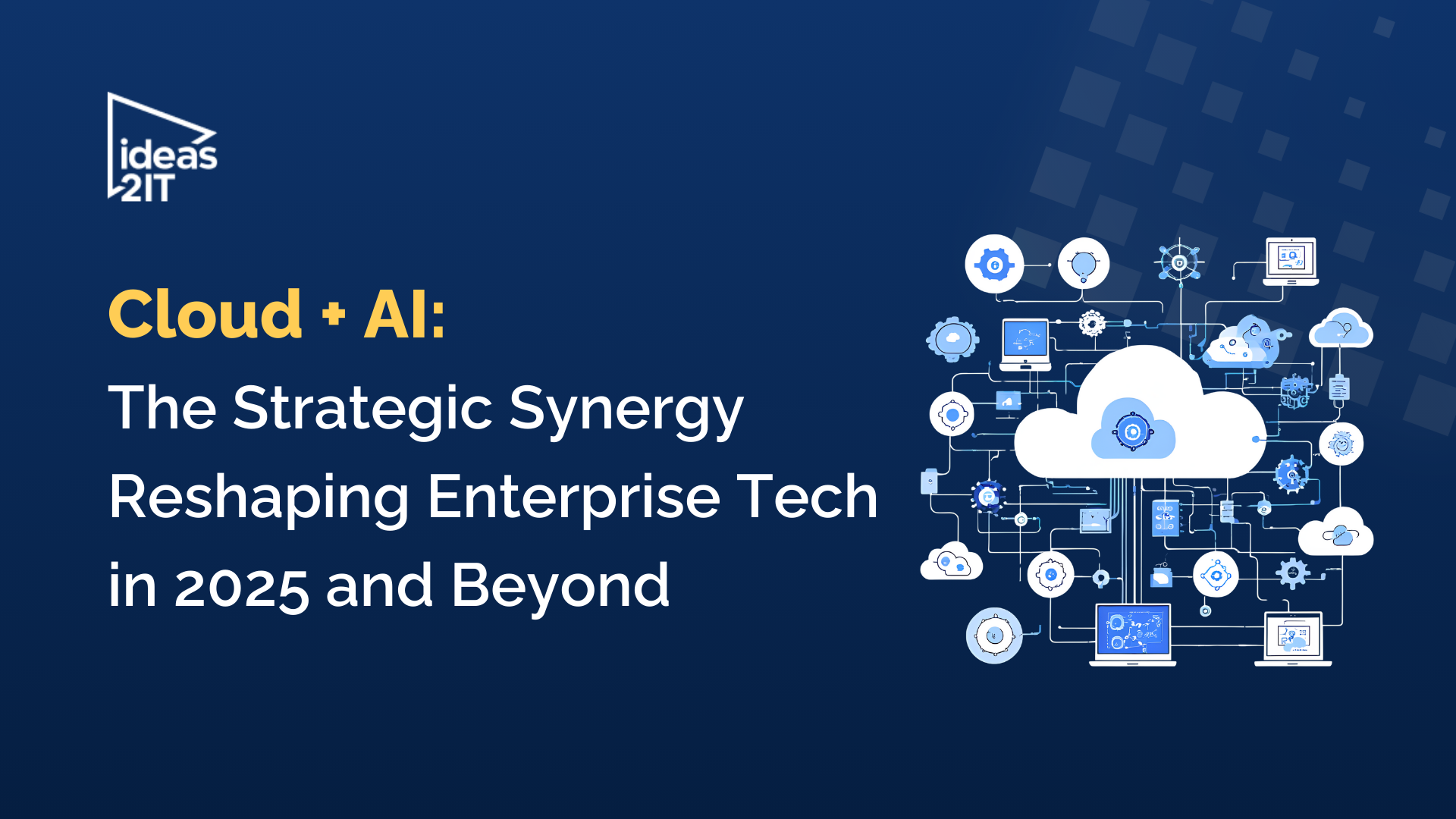Is Edge Computing there yet?
TL'DR
The latest buzz on IIoT is Edge Computing. Edge computing is evolving because of the high demand to move much of the processing nearer to IoT sensors to decrease the latency and to improve efficiency.Edge computing is a “mesh network of micro data centers that process and store critical data locally prior to being sent to a central data center or cloud storage repository”. Edge computing helps to optimize cloud computing system from disruptions related to data transfer.The IoT device that does the Edge computing must be capable of doing computing, storing and the network connectivity, all at a small form factor. Depending on the requirement, the huge volume of data from sensors after it is processed, can be sent in all or a portion to the cloud.

Source - Open Automation SoftwareWhere is Edge computing required?One can deploy Edge computing in instances where:
- the IoT devices have poor connectivity.
- the applications rely on Machine Learning and requires large amounts of data to give a quick feedback
Typical use cases for edge computing are facial recognition, intelligent navigation etc.Also, Edge computing is not efficient if the IoT device has to be constantly connected to a central cloud.How is Edge computing different from Fog computing?Fog refers to the network connections between edge devices and the cloud. Edge refers to the IoT devices with computational capability and is done close to the edge devices. So, fog includes edge computing, but fog would also incorporate the network needed to get processed data to its final destination.Edge computing securitySecurity at Edge computing is better because the data is not sent over the network to the Cloud. Less the data, less it is vulnerable.On the other hand, the edge devices themselves can be more vulnerable. Hence designing an edge computing systems should consider every security measures including data encryption, access control and use of virtual private network tunneling etc.Together Cloud and Edge computing architectures can store and process data more effectively.Edge Computing Converge IT and OTIT consists of computing/processing systems and data storage. OT consists of the hardware and software required for running and monitoring production systems such as SCADA (Supervisory Control and Data Acquisition), DCS (Distributed Control Systems), and ICS (Industrial Control Systems). The recent technologies aimed to converge IT and OT onto a common ground for easy communication and action. Edge Computing is accelerating this convergence.Companies at the forefront of the Industrial IoT have established common ground for IT and OT to function as one converged system. For example telematics, health monitors are such converged systems. Thus edge computing that does the computations close to the sensors (hardware) is bringing IT and OT together.InferenceAs we see that Edge computing is essential and IoT has progressed far enough to welcome Edge Computing. The proof being the big players like AWS, Google and Microsoft have recognized the future of computing on the edge. So Edge Computing has matured enough that the it has opened up a new channel for Analytics to play its hand with.Highlighting some recent happenings on Edge computingAWS Snowball Edge is a data migration and edge computing device with 100TB of capacity and support for computing tasks via Amazon EC2 applications or AWS Lambda functions. Customers use these devices for data collection, machine learning and processing, and storage in environments with intermittent connectivity (such as manufacturing, industrial, and transportation) or in extremely remote locations (such as military or maritime operations) before shipping it back to AWS.Intel launched Myriad™ X, the world’s first vision processing unit (VPU) to ship with a dedicated Neural Compute Engine to deliver artificial intelligence (AI) capabilities to the edge in an incredibly low-power, high-performance package. This will give devices the ability to see, understand and interact with the world around them in real time.








%20Hybrid%20Cloud%20Strategies%20for%20Modernizing%20Legacy%20Applications.avif)
%20Application%20Containerization_%20How%20To%20Streamline%20Your%20Development.avif)















